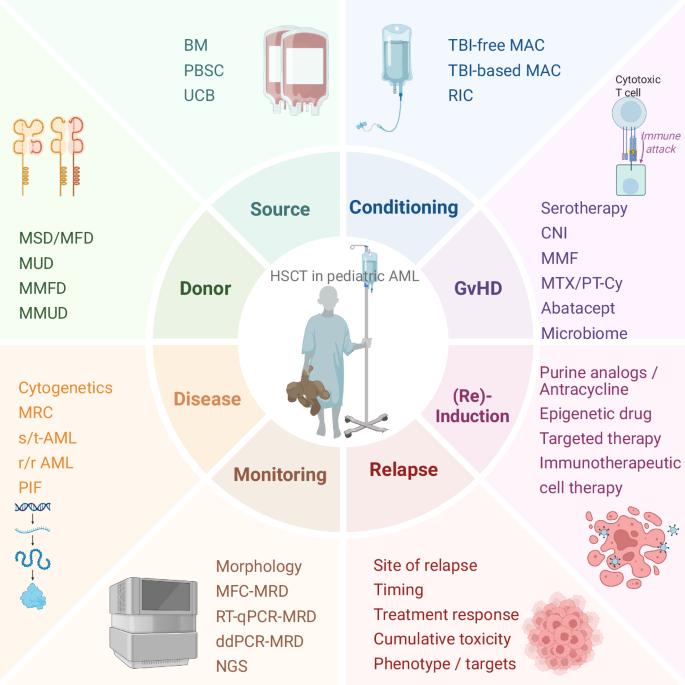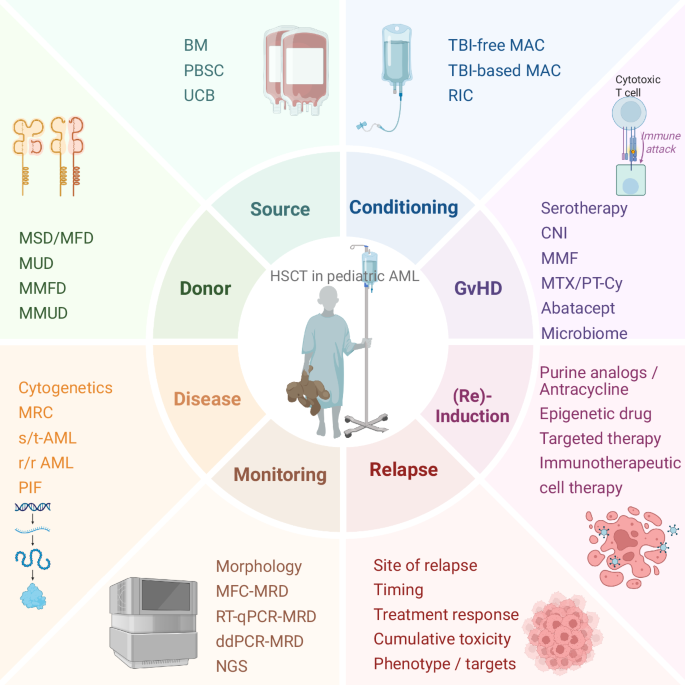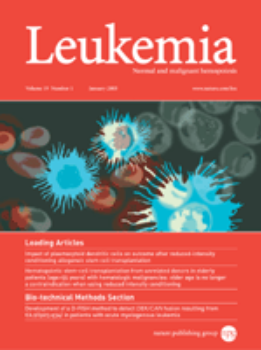The hallmarks of hematopoietic stem cell transplantation for pediatric acute myeloid leukemia
IF 13.4
1区 医学
Q1 HEMATOLOGY
引用次数: 0
Abstract
Allogeneic hematopoietic stem cell transplantation (HSCT) has significantly improved the outcome of children with high-risk (HR) acute myeloid leukemia (AML). Implementing allogeneic HSCT depends on numerous factors, including adverse cytogenetics, molecular abnormalities, poor response to first-line treatment, or relapsed or primary refractory disease. In HR AML, allogeneic HSCT is considered to be the consolidation strategy of choice in first complete remission (CR1) and offers the best chance of cure for patients with relapsed disease. Advances in donor/recipient typing, conditioning regimens, graft-versus-host-disease (GvHD) management, and supportive care have contributed to this improvement in overall—and transplant—outcome. This review will comprehensively discuss indications for HSCT and its modalities in pediatric AML by examining past, current, and future strategies for disease- and response-related stratification. We will examine the key importance of low/negative measurable residual disease (MRD) before transplantation and discuss conditioning regimens and graft variables, as well as novel approaches to harness the graft-versus-leukemia (GvL) effect, including targeted immunotherapy. The review will also address toxicities associated with HSCT, GvHD prophylaxis, and the management of treatment failure. Ultimately, this review seeks to inform clinical practice and highlights how improved outcomes have been achieved through the collective efforts of international study groups.


造血干细胞移植治疗小儿急性髓性白血病的特点
同种异体造血干细胞移植(HSCT)显著改善了高危(HR)急性髓性白血病(AML)患儿的预后。实施同种异体造血干细胞移植取决于许多因素,包括不良的细胞遗传学,分子异常,对一线治疗的不良反应,或复发或原发性难治性疾病。在HR AML中,同种异体造血干细胞移植被认为是首次完全缓解(CR1)的首选巩固策略,并为复发疾病患者提供了最佳的治愈机会。供体/受体分型、调节方案、移植物抗宿主病(GvHD)管理和支持性护理方面的进步促进了总体和移植结果的改善。本综述将通过检查过去、现在和未来的疾病和反应相关分层策略,全面讨论儿童AML的HSCT适应证及其治疗方式。我们将研究移植前低/阴性可测量残留病(MRD)的关键重要性,讨论调节方案和移植物变量,以及利用移植物抗白血病(GvL)效应的新方法,包括靶向免疫治疗。该综述还将讨论与HSCT、GvHD预防和治疗失败管理相关的毒性。最终,本综述旨在为临床实践提供信息,并强调如何通过国际研究小组的共同努力实现改善的结果。
本文章由计算机程序翻译,如有差异,请以英文原文为准。
求助全文
约1分钟内获得全文
求助全文
来源期刊

Leukemia
医学-血液学
CiteScore
18.10
自引率
3.50%
发文量
270
审稿时长
3-6 weeks
期刊介绍:
Title: Leukemia
Journal Overview:
Publishes high-quality, peer-reviewed research
Covers all aspects of research and treatment of leukemia and allied diseases
Includes studies of normal hemopoiesis due to comparative relevance
Topics of Interest:
Oncogenes
Growth factors
Stem cells
Leukemia genomics
Cell cycle
Signal transduction
Molecular targets for therapy
And more
Content Types:
Original research articles
Reviews
Letters
Correspondence
Comments elaborating on significant advances and covering topical issues
 求助内容:
求助内容: 应助结果提醒方式:
应助结果提醒方式:


